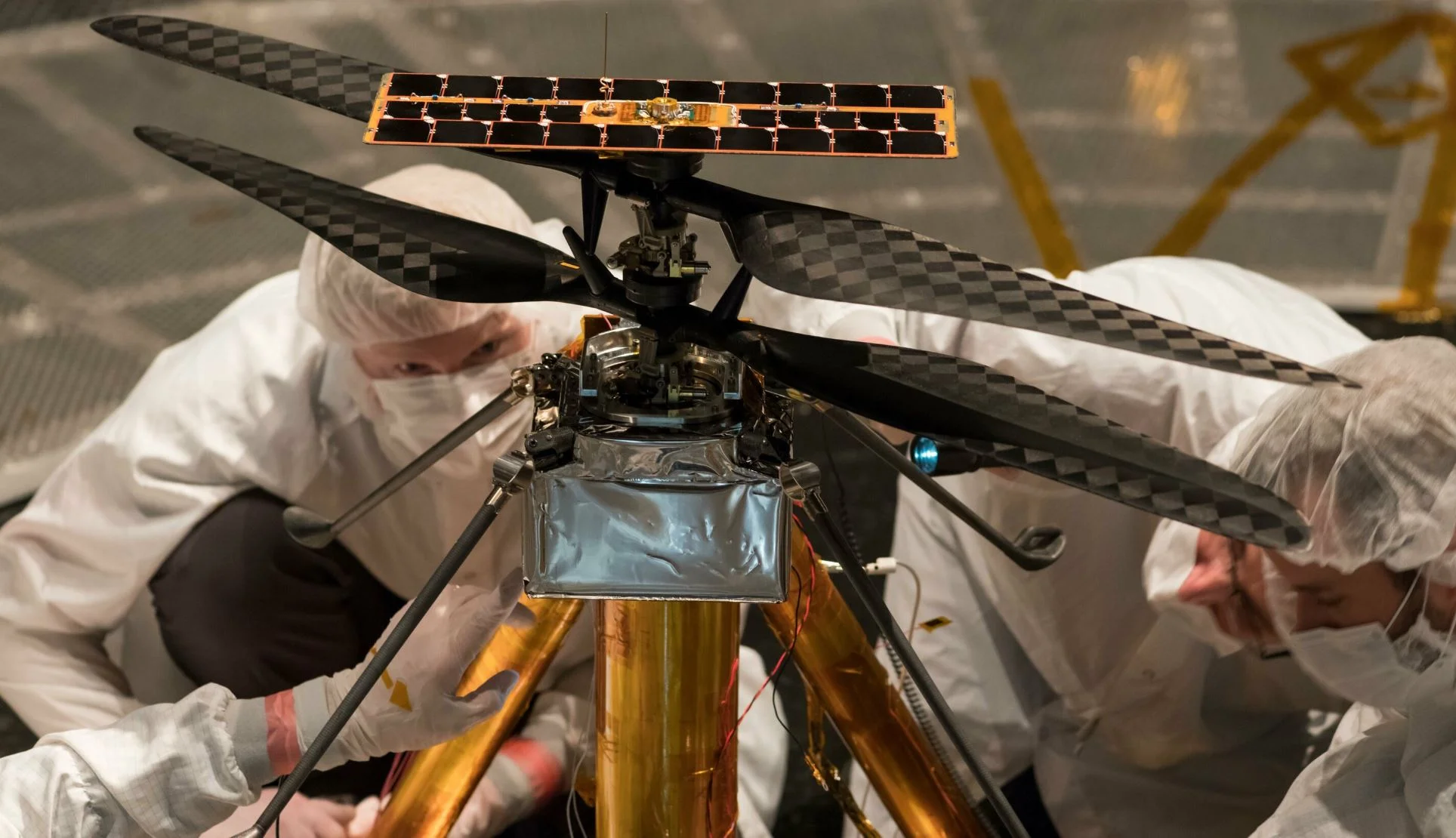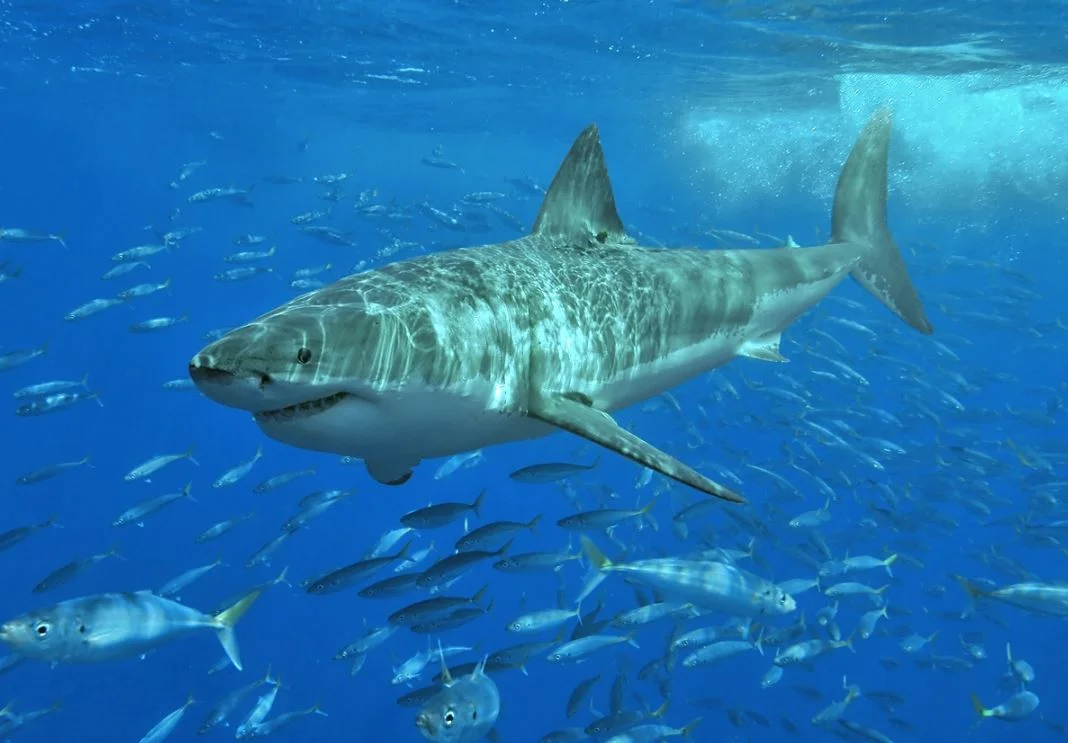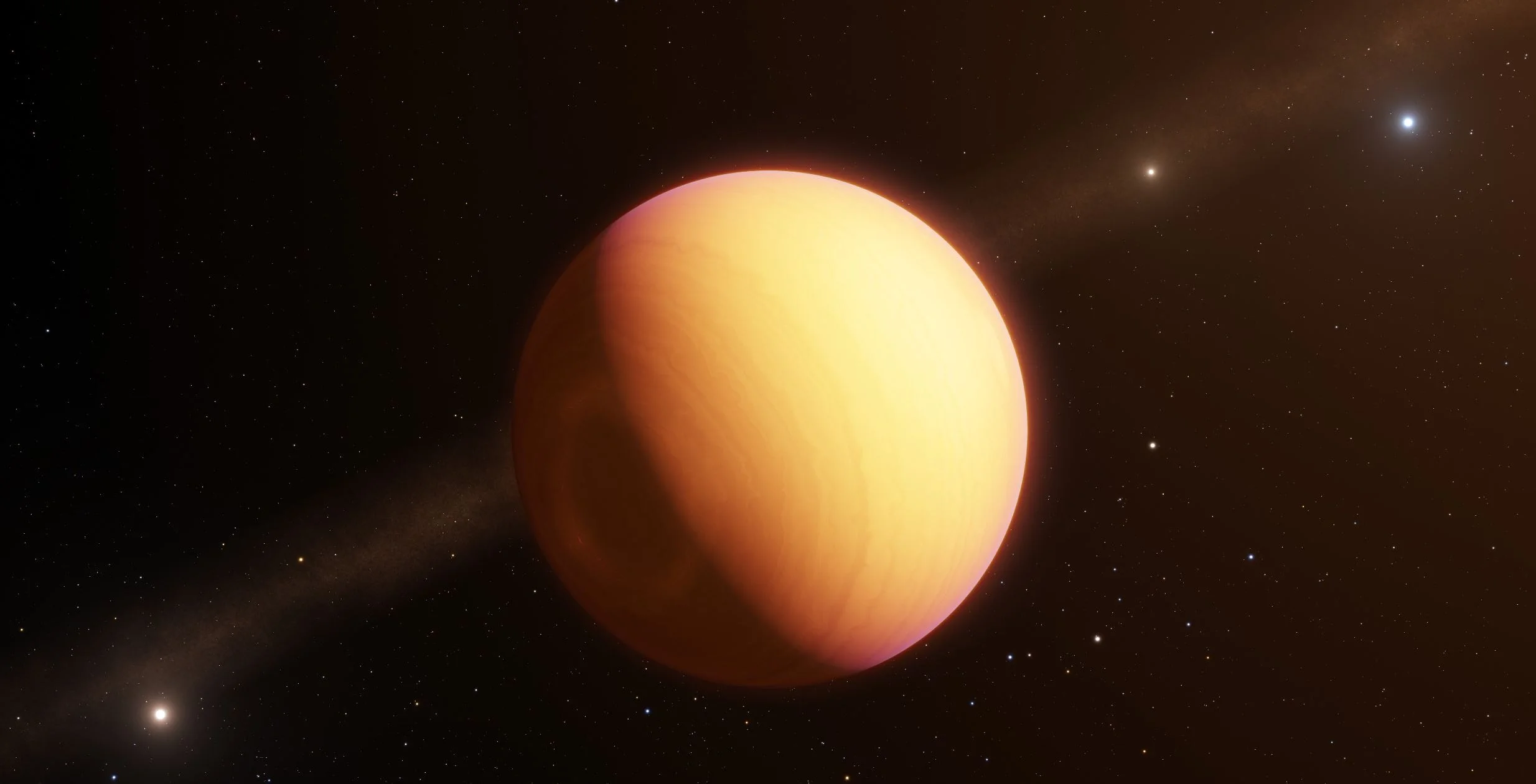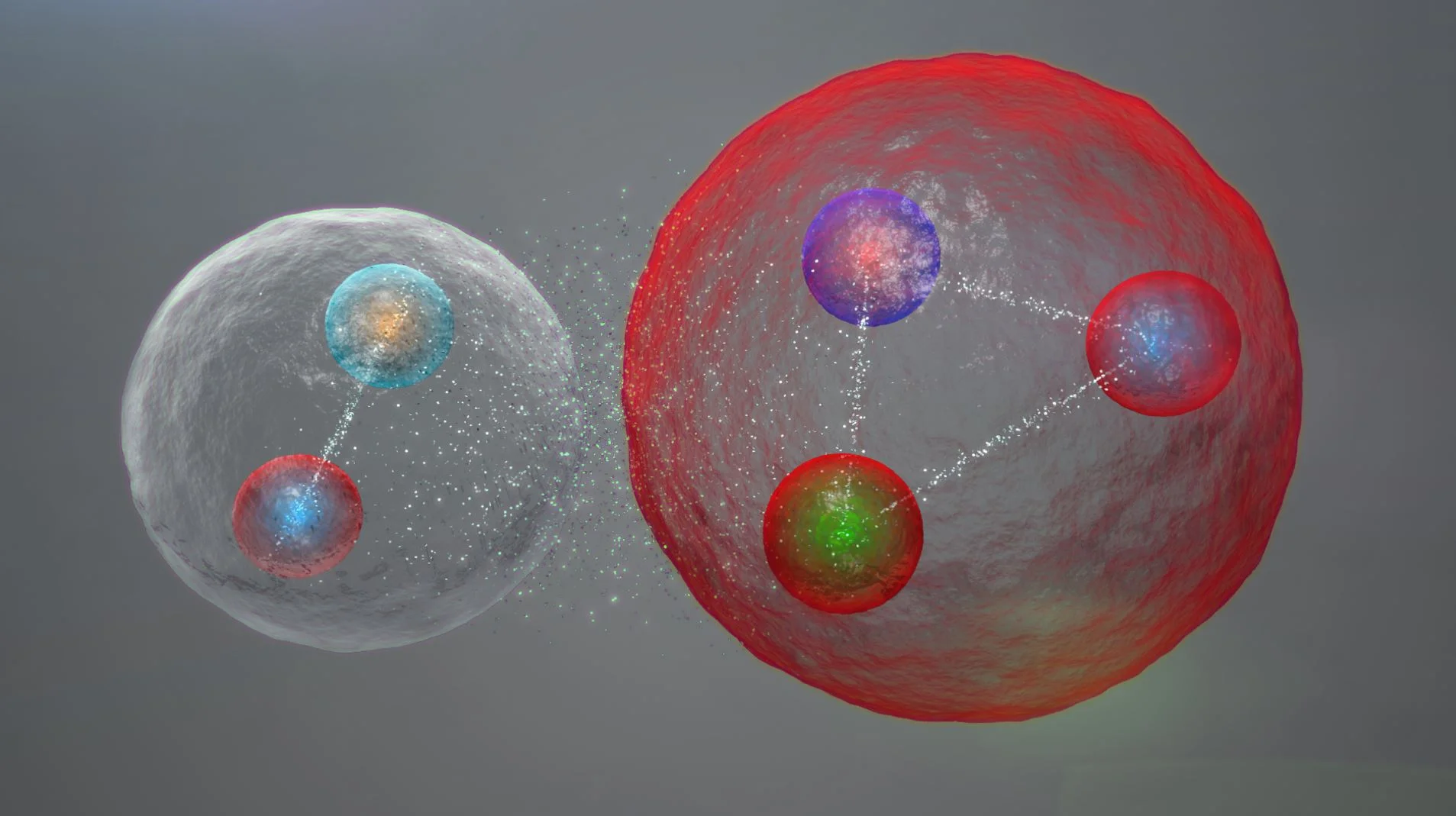If you’re not a chemist, an astrobiologist, or a scientist of any sort, and that includes most of us, then a tiny, almost imperceptible whiff of methane in the Martian atmosphere might seem like no big deal. But it is, gentle humans. It is.
The fate of the Earth? We discovered the remains of a planet following the violent death of its parent star
If it weren’t for the sun constantly showering us with energy, there would be no life on Earth. But eventually stars like it run out of fuel, expand into red giants and finally collapse into small, faint objects called white dwarfs. So what will happen to us and the other planets in our solar system when the sun dies? It’s not been entirely clear.
ESO might be Announcing the First Black Hole Picture on April 10!
The European Southern Observatory (ESO) has set an important press conference for April 10th, involving the Event Horizon Telescope (EHT). They haven’t come right out and said it, but the Media Advisory from the ESO says they will, “hold a press conference to present a ground-breaking result from the EHT.” If it’s not a black hole, then well-played ESO, well-played.
Pollen is getting worse, but you can make things better with these tips from an allergist
Mars Helicopter Completes More Test Flights. It’s Almost Ready to go to Mars
Eurasian lynx: how our computer model highlighted the best site for restoring this wild cat to Scotland
Though it can still be found in the forests of Europe, the Eurasian lynx has not been seen in the UK for more than 1,000 years. This medium-sized wild cat with its distinctive pointy ears was driven to extinction during the medieval period, thanks to low numbers of its preferred prey, roe deer, as well as a disappearing habitat and excessive hunting. But recently the Lynx UK Trust has argued strongly for its reintroduction.
Beware the deeper water
Ground-Based Telescope Directly Observes the Atmosphere of an Extrasolar Planet, and Sees Swirling Clouds of Iron and Silicates
NASA's Cassini Finds Saturn's Rings Coat Tiny Moons
New findings have emerged about five tiny moons nestled in and near Saturn's rings. The closest-ever flybys by NASA's Cassini spacecraft reveal that the surfaces of these unusual moons are covered with material from the planet's rings — and from icy particles blasting out of Saturn's larger moon Enceladus. The work paints a picture of the competing processes shaping these mini-moons.
MIT and NASA engineers demonstrate a new kind of airplane wing
Methane on Mars: a new discovery or just a lot of hot air?
The discovery of life on Mars would get pretty much everyone excited. But the scientists hunting for it would probably be happy no matter what the outcome of their search – whether life turned out to extinct, dormant or extant. They’d even consider finding no evidence of life whatsoever to be an important discovery. But, as the saying goes, absence of evidence is not evidence of absence, and it will take many decades of detailed exploration of Mars to be reasonably sure that life has always been absent there.
Hubble Spots Flock of Cosmic Ducks
Rivers on Mars Flowed for More Than a Billion Years
The ancient climate of Mars is a mystery to scientists. Even with all we’ve learned about Mars, it’s still difficult to explain how lakes and rivers existed. A new study shows that Martian rivers were swollen with runoff and that they flowed far later into the planet’s history than previously thought.
SpaceX Releases a New Render of What the All-Steel Starship Will Look Like Returning to Earth
The design for SpaceX’s Starship (aka. Big Falcon Rocket) is really starting to come together! Over the holidays, sections of the Starship Hopper (a miniature version of the Starship) were photographed being put together at the company’s South Texas Launch Site. By mid-January, the parts were fully-integrated, forming the body of the stainless-steel prototype that would test the spacecraft’s overall architecture.
Alzheimer’s disease: have we got the cause all wrong?
Early in the 20th century, Alois Alzheimer first described a disorder of progressive memory loss and confusion in a 50-year-old woman. After she died, he examined her brain and saw that it was full of unusual protein clumps, known as plaques. Over a century later, we know that these plaques are full of a protein called beta-amyloid and are a hallmark of the disease that bears Alzheimer’s name. While other features of Alzheimer’s disease have been discovered, the theory that beta-amyloid is the main cause of this incurable disease has dominated.
GRAVITY instrument breaks new ground in exoplanet imaging
Hubble Watches Spun-Up Asteroid Coming Apart
Exotic particles containing five quarks discovered at the Large Hadron Collider
Everything you see around you is made up of elementary particles called quarks and leptons, which can combine to form bigger particles such as protons or atoms. But that doesn’t make them boring – these subatomic particles can also combine in exotic ways we’ve never spotted. Now CERN’s LHCb collaboration has announced the discovery of a clutch of new particles dubbed “pentaquarks”. The results can help unveil many mysteries of the theory of quarks, a key part of the standard model of particle physics.
New approach could boost energy capacity of lithium batteries
In the future, everyone might use quantum computers
Computers were once considered high-end technology, only accessible to scientists and trained professionals. But there was a seismic shift in the history of computing during the second half of the 1970s. It wasn’t just that machines became much smaller and more powerful — though, of course, they did. It was the shift in who would use computers and where: They became available to everyone to use in their own home.

















